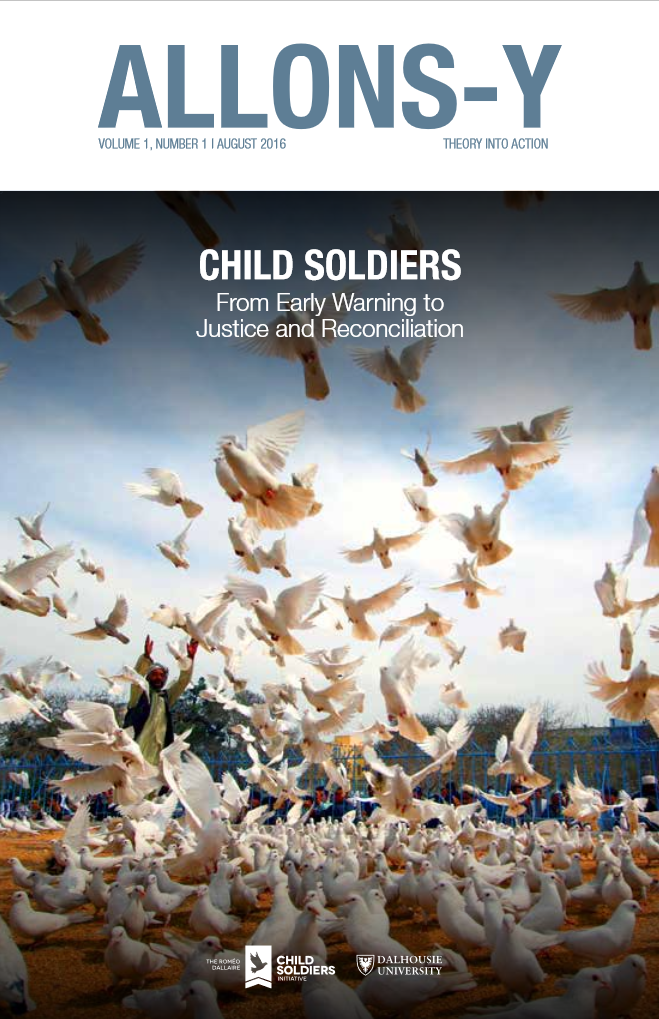Preface
Resumo
War has changed – children around the world are now being pulled into war at alarming rates, creating the ever-growing threat of child soldiers on the battlefield. Using the combined perspectives of humanitarians, militaries, police, and academics, we are aiming to make a longterm impact in the fight against the recruitment and use of child soldiers.
The past few years have seen new crises erupt into large scale violence and sometimes mass atrocities in many countries, from Nigeria to the Central African Republic to Yemen, and beyond. In each of these situations, the international community was unable to muster a fully preventative response as signs of impending crisis emerged. Despite the focus on early warning mechanisms over the past decade, we still lack the ability to properly intervene to prevent these crises and the massive human suffering that they cause.
In summer 2015 the Dallaire Initiative released a report, “Understanding the Recruitment and Use of Child Soldiers as an Early Warning Indicator.” Its aim was to better equip the international community to recognize when mass atrocities are imminent but still preventable. In each of the crises that have erupted in recent years, in Syria, Iraq, Yemen, South Sudan, Central African Republic, Nigeria, and Mali, the use of child soldiers has been widespread and systematic. Monitoring of the use and recruitment of child soldiers would have contributed to warning of the impending mass atrocities, and helped generate the political will to intervene before violence spiralled.
To confront these challenges, we need new tactics. One of these is seeing child soldiers as the early warning indicator that they are. We must also recognize the breadth of this issue. Children are not just recruited into armed groups as soldiers; they are also used by adults to commit piracy and terrorist violence. Our responses must not leave some children behind.
This publication provides a valuable forum to bring together the work of young academics and practitioners, allowing theory to meet practice. They are not yet jaded about the world and are capable of providing fresh and challenging perspectives. This first issue is an important continuation of the Dallaire Initiative‘s report and previous work, and will mark the beginning of fruitful future contributions to the praxis we urgently need to tackle the use of children as weapons of war.





